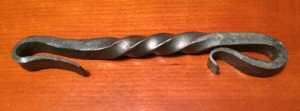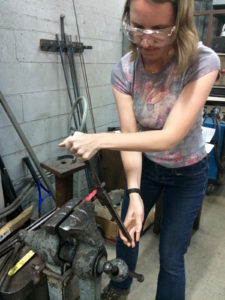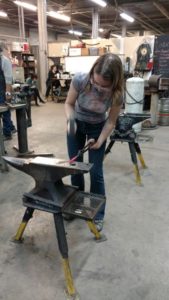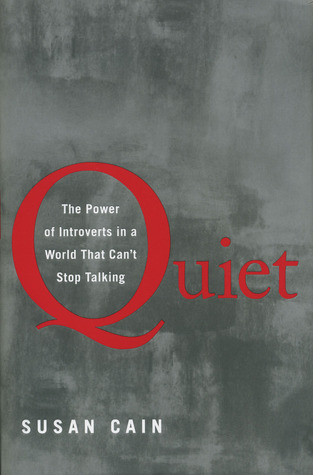Flying to Torrance through the LAX Bravo
April 16th, 2017 at 9:22 pm (Flying)
On Friday, I flew down to the Torrance (Zamperini Field, KTOA) airport – another new one for me!
I requested flight following at 3000′. Manuel handled the radio and, after we departed KEMT and switched to SoCal, he asked for a transition through the LAX Bravo! And we got it! “Cleared into class Bravo!”
There was an AIRMET out for moderate turbulence below 12,000 feet, and we definitely got a taste of light bumps throughout the half-hour flight. The plane felt frisky, bouncing up and down and making sudden waggles to one side or the other. I noticed that it took a lot of my attention to maintain altitude and heading – and since we were transitioning the Bravo, we were on assigned headings and altitudes for most of the time. That left less time for looking outside the airplane. Nothing bad happened, but I definitely noticed the increased workload.
KTOA has two tower frequencies, listed as “north” and “south.” We used the “north” one as we were coming from the north. My pre-flight research also turned up warnings about birds and farm equipment (!).
I got a right base entry to runway 29R. Winds were reported as 290 at 13 kts. I turned final right on the glideslope, but then had some trouble maintaining the glide as I had to keep adjusting power. The wind started moving around a bit and I dealt with a small crosswind on short final, and then we landed.
We taxied to the transient area and switched places. Manuel started up and I took the comm. In the time it took us to switch, the wind kicked up stronger from the south and now had a noticeable crosswind for runway 29R. While holding short, we watched the same plane make a series of poorly controlled crosswind touch-and-goes. But no worries, we had a master pilot at the controls! Manuel took off like a pro and we made a right downwind departure.

Looking down just after departure from KTOA on 29R.
This time I hailed SoCal and asked for the Bravo transition (at 3500′). And got it again! Two Bravos in one day! Well, the same one.
On the way back, the ride was noticeably smoother (and mostly tailwind). SoCal kept us busy spotting traffic.
Overall, it was a fun hop down to KTOA, which has a nice big runway (plus a smaller companion one to the south). It was also good to practice requesting a Bravo transition, which saved us time and, to my surprise, was apparently no big deal. And of course, we had a fall-back route we would fly if they said no. Next time I will have to try it solo!



